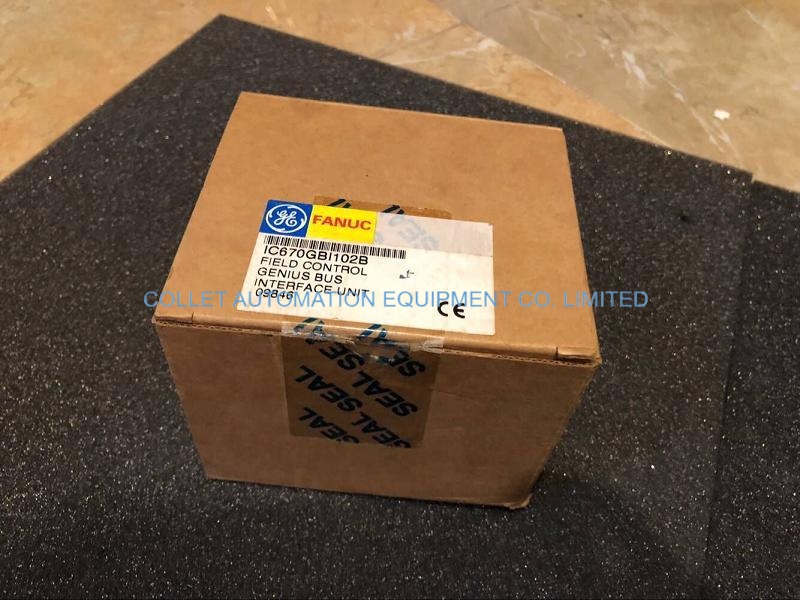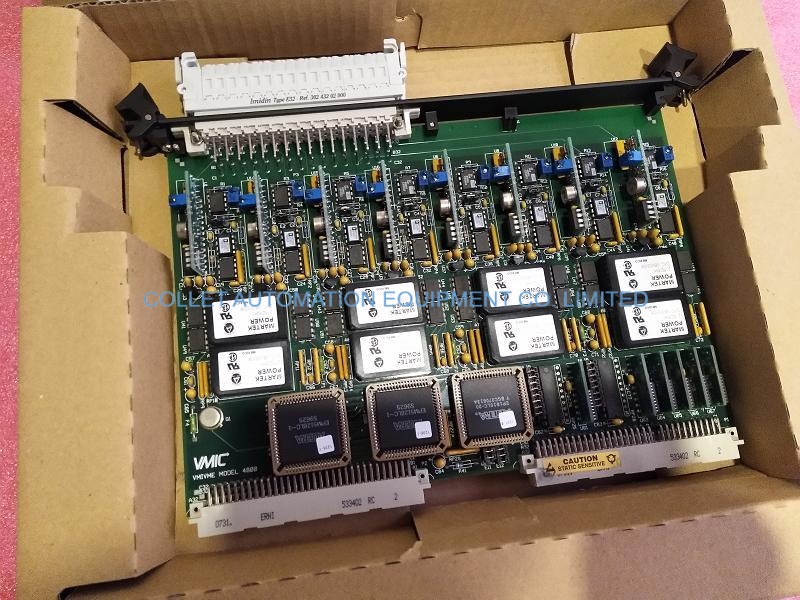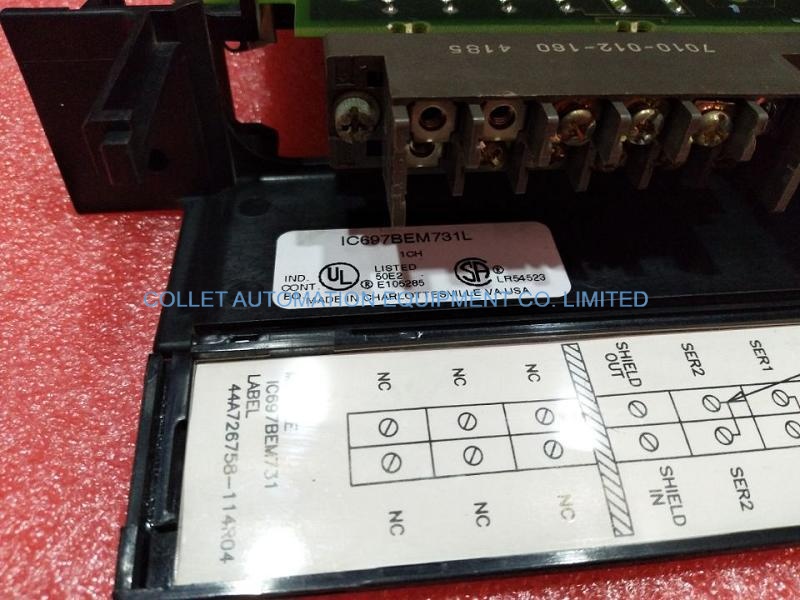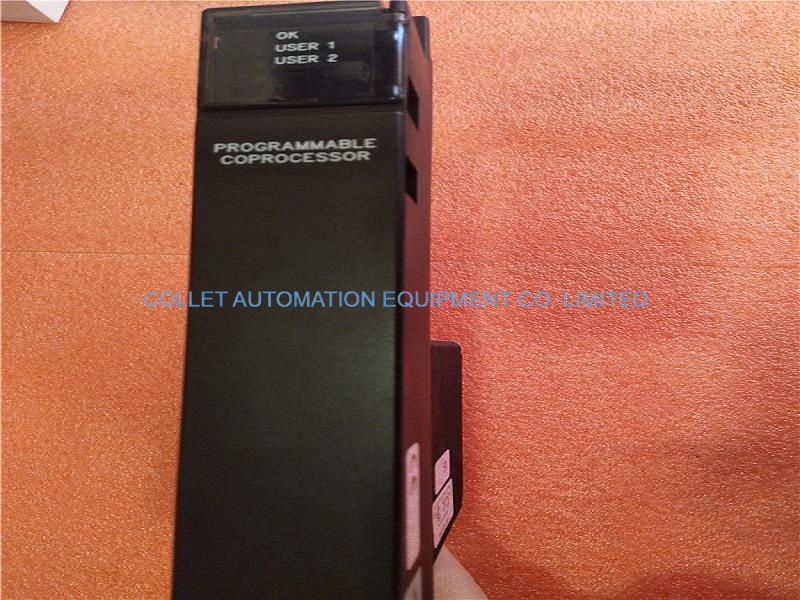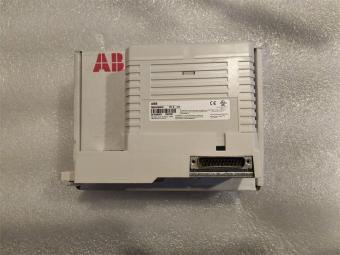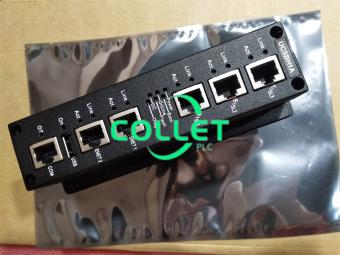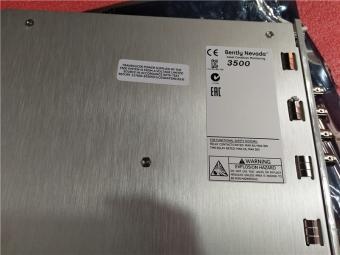|
Manufacture |
GE |
|
Model |
IS220PSFDH1A |
| PN No. |
IS220PSFDH1A |
|
Catalog |
Mark VI |
|
Description |
FLAME DETECTOR POWER SUPPLY |
| Origin | U.S.A. |
| HS CODE |
85389091 |
| Dimension |
8.26*4.19*12.1 (CM) |
| Weight | 0.5 kg |
Description:
The IS220PSFDH1A is a Flame Detector Power Supply manufactured by General Electric as part of the Mark VI Series used in gas turbine control systems. The primary gas turbine trip protection (TRPG) terminal board is normally mounted above the Flame Detector Power Supply (PSFD). A power distribution board provides 28 V dc as the source power (JPDL). 335 V dc, 5 mA is the output's rated rating. Up to eight flame detectors can be powered by three power supplies linked in a diode-ORed, TMR arrangement to the TRPG's J3, J4, and J5. Should the other two power supplies fail, each supply has enough power to operate all eight flame detectors.
The PSFD's primary characteristics are as follows:
1. Convectional cooling, which uses no cooling fans
2. The ambient temperature is between -30 and 65 °C (-22 to 149 oF)
3. Input of 28 V dc 5% (26.6 to 29.4 V dc)
4. Unregulated output varies by 5% depending on the input (318 to 352 V dc)
5. Isolation at 1700 V DC
6. Protection against output over-voltage
7. A 335 V dc attenuated test point pair Output
8. Three troubleshooting LEDs
9. External diodes can be used to diode-OR the outputs.
10. A 7 mA dc output current limit
11. The inrush current for soft start hot swap input is capped at 550 mA.
12. Input filtering minimizes the sensitivity to input interference and limits emissions.
INSTALLATION OF FLAME DETECTOR POWER SUPPLY
Install the mounting plate for the PSFD after firmly mounting the TRPG. This mounting is typically located above the TRPG on the upper level. The mounting plant must be linked to chassis ground, commonly FE, in order to reduce the risk of electrical shock (Field Earth).
Using the housing's threaded studs, mechanically secure the PSFD. On the mounting plate, the studs slip into mounting brackets.
Connect the PSFD 2x2 connection P2 and J3, J4, or J5 on the TRPG with the 335 V dc cable.
Connect the 1x3 connector P1 on the side of the PSFD to supply 28 V dc power to it. This connector has an inherent soft-start feature that controls current inrush on power application, thus it is not essential to insert it with the power disconnected from the cable.
OPERATION:
The PSFD converts 28 V dc to 335 V dc. Current-limited and hot-swap compatible, the 28 V dc input. Transformer isolation separates the floating output from the input. A fixed ratio push-pull converter with an unregulated switching architecture is used. The input is also hot swappable, and both the input and output are current limited.
Power Supply Block Diagram
This 25 kHz switching power supply architecture is push-pull with no feedback or open loop. According to the input voltage, the output rises and falls. The push-pull transformer has a 1:12 turns ratio to increase the 28 V dc input to 336 V dc. Diode drops further reduce the output voltage by 1.5 V dc, leaving 334 to 335 V dc. Because the power stage's current capacity is significantly higher than the necessary load current, load control remains good even in this open-loop design.
Both overcurrent and inrush current are protected by the input circuit breaker. The breaker modulates a series pass FET on and off during current limiting to reduce power loss. If connected to a live 28 V dc bus, the PSFD can be hot-plugged without interfering with other sensitive loads. The fast-acting circuit breaker stops a short circuit from spreading across the 28 V dc bus if there is a circuit failure and short circuit downstream of the circuit breaker. An EMI filter reduces noise exposure to the 28 V dc bus after the input connector. A 33 V transient voltage suppressor protects the PSFD from voltage spikes and incorrect reverse bias connections.
Even during a direct short, the output limiter limits the current to 7 mA. Even in an environment that is 65 °C (149 °F), the output can remain shorted indefinitely. At the output, transient protection is provided by a 385 V metal oxide varistor (MOV).
DIAGNOSTICS:
A differential pair of test points allows for local monitoring of the output voltage. A 100:1 attenuator, referred to as the chassis for safety, connects the positive and negative test points to the positive and negative outputs, respectively. There is no risk of electric shock when touching any test site. In addition, a permanent short to chassis is possible at each test point. Both TP POS (inboard) and TP NEG (outboard) are used to identify the test points. Rotating the top round plastic cover will allow access to the test spots.
Three status LEDs are visible on the PSFD:
At 6-7 mA, the Red DS3 switch turns on for Current Limit.
Green DS2 - P335 Out indicates excessive output voltage. This LED cannot reveal the exact voltage level.
Green DS1 - P28 In indicates the presence of input voltage. This LED cannot reveal the exact voltage level.
The input and output LEDs only signal the presence of input or output voltage and do not represent any specific voltage level. Similarly, the current limit LED does not measure overcurrent magnitude and is intended only as an indication. The activation signal path and current limit LED are connected in series. In case the current limit LEDs fail open, a circuit bypasses the LED, and the limiter continues to function.
Each PSFD's output voltage is attenuated and detected on the TRPG terminal board. The PTUR I/O pack continuously monitors the measured voltage. An alarm is announced in ToolboxST or Alarm Viewer in a TMR system if any one of the three PSFDs cannot supply 335 V dc.
Datasheet Link:
 IS220PSFDH1A GE Mark VI, FLAME DETECTOR POWER SUPPLY PDF Datasheet
IS220PSFDH1A GE Mark VI, FLAME DETECTOR POWER SUPPLY PDF Datasheet








